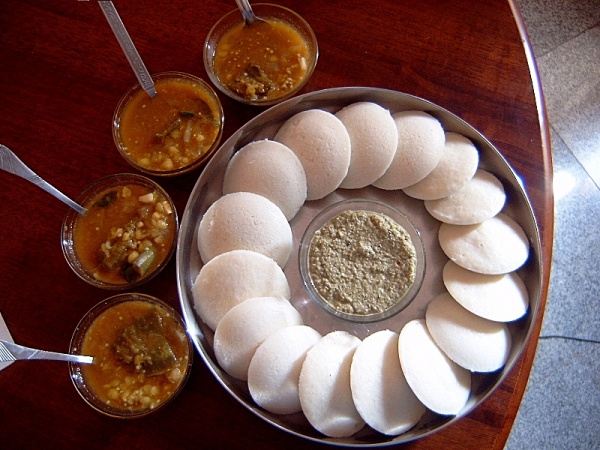Facts About Idli
Idli, also known as idly, is a beloved savory rice cake originating from Southern India and Sri Lanka. This breakfast staple is crafted by steaming a batter made from fermented black lentils (urad dal) and rice. The fermentation process not only enhances the flavor but also makes the starches easier to digest.
Idli boasts a long history, with early versions mentioned in ancient Indian texts. However, the recipe we know today—with rice, extended fermentation, and steaming—became prevalent in Indian cuisine after 1250 CE. There is some debate about the true origin of idli; some believe it came from Indonesia, while others attribute it to Gujarat, India. Over time, various regions have added their own twists to the traditional recipe, resulting in delightful variations.
The process of making idli involves several key steps: soaking rice and lentils separately, grinding them into a smooth paste, allowing the mixture to ferment overnight, and then steaming it in special molds. The result is a fluffy, delicious cake that pairs wonderfully with sambar (a spicy lentil soup), coconut chutney, or even spicy fish curries.
The fermentation process is crucial for achieving the right texture and flavor. It is driven by lactic acid bacteria found in the black gram, which produce carbon dioxide and increase acidity. This not only leavens the batter but also imparts idlis with their unique taste and light, airy texture.
Idli's versatility and rich history highlight the culinary diversity found in the Indian subcontinent and among its diaspora. Whether you prefer the classic version or a regional twist like rava idli or sanna from the Konkan region, there's no denying the universal appeal of this simple yet delightful dish.

 Bangladesh
Bangladesh